Figures & data
Figure 1. Study area map showing the study regions located in western and southern Africa: Centrale (Togo), Atlantique (Benin), Salima (Malawi), Chongwe (Zambia), and Limpopo (South Africa).
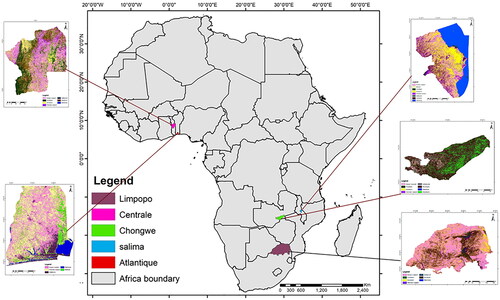
Table 1. Cropping Surface of Maize and Sorghum for the study area in hectares (ha).
Figure 2. Flowchart of the hierarchical methodology steps for assessing and quantifying the damage of fall armyworm on maize productivity using the normalized difference vegetation index (NDVI).
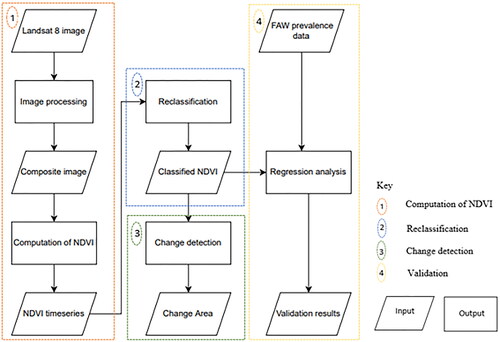
Table 2. Landsat 8 satellite images 11 spectral bands, which are used to capture different aspects of the Earth’s surface.
Table 3. The threshold range of the normalized difference vegetation index (NDVI) values for the four vegetation density classes viz., water body, low, sparse, moderate, and dense vegetation for the five study regions.
Figure 3. The classified normalized difference vegetation index (NDVI) for the years 2013 to 2020, for the regions of a) Atlantique (Benin), b) Centrale (Togo), c) Salima (Malawi), d) Limpopo (South Africa) and e) Chongwe (Zambia).
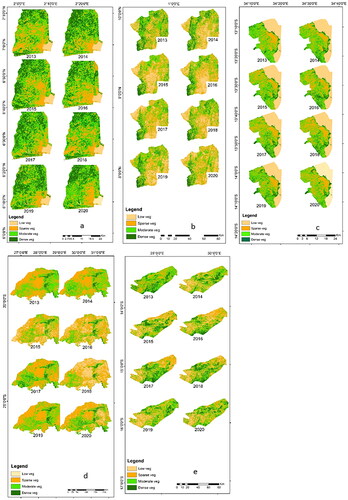
Figure 4. Annual average normalized difference vegetation indices (NDVI) from 2013 to 2020 for the regions of a) Atlantique (Benin), b) Centrale (Togo), c) Chongwe (Zambia), d) Salima (Malawi), and e) Limpopo (South Africa).
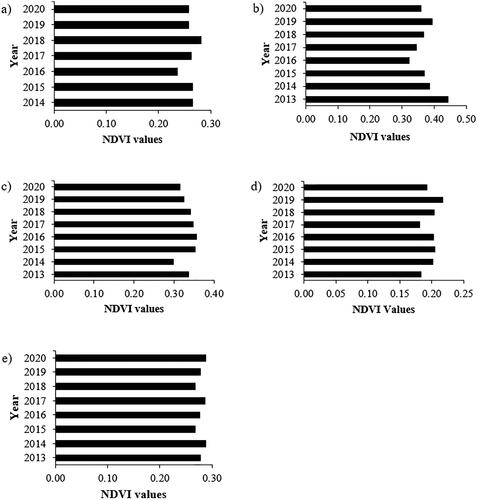
Table 4. Area and percentage of change in the normalized difference vegetation index (NDVI) classes between 2013 and 2016 for the Atlantique region of Benin (veg. = vegetation).
Table 5. Area and percentage of change for the normalized difference vegetation index (NDVI) classes between 2013 and 2016 for the Centrale region of Togo (veg. = vegetation).
Table 6. Area and percentage of change for the normalized difference vegetation index (NDVI) classes between 2013 and 2017 for the Chongwe region of Zambia (veg. = vegetation).
Table 7. Area and percentage of change for the normalized difference vegetation index (NDVI) classes between 2013 and 2017 for the Salima region of Malawi (veg. = vegetation).
Table 8. Area and percentage of change for the normalized difference vegetation index (NDVI) classes between 2013 and 2018 for Limpopo, South Africa (veg = vegetation).
Figure 5. Correlation between the normalized difference vegetation index (NDVI) and prevalence of fall armyworm (FAW) in five regions of sub-Saharan Africa, i.e. the regions of a) Atlantique (Benin), b) Centrale (Togo), c) Chongwe (Zambia), d) Salima (Malawi), and e) Limpopo (South Africa).
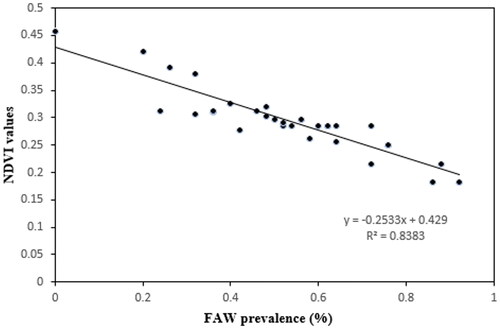
Data availability statement
The datasets generated during and/or analyzed during the current study are available from the corresponding author upon reasonable request.
